INTERNATIONAL ARTIST RESIDENCY PROGRAM
We invite you to explore this page to discover more about these talented artists and their unique practices.
2018-2021 Residency Artists
A total of 8 artists from Canada, China, Colombia/USA, Cuba, France, India, and Iran participated in the Residency Program. Not only were these artists’ backgrounds diverse, but their practices resulted in an engrossing array of mediums that included audio sculpture, performance, virtual and augmented reality, paper, styrofoam sculpture, and film.
All of the artists in residence created compelling public installations and social interventions, which led to plentiful opportunities for local communities and artists to benefit from reciprocal sharing of ideas, techniques and practices, and professional networking.
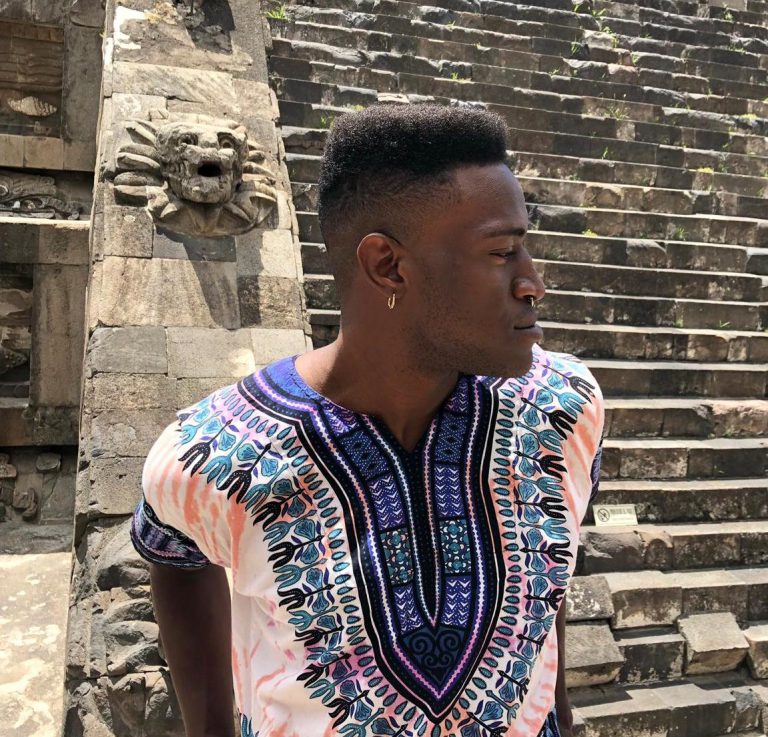 Carlos Martiel – 2019 Residency ArtistCuba
Carlos Martiel – 2019 Residency ArtistCuba 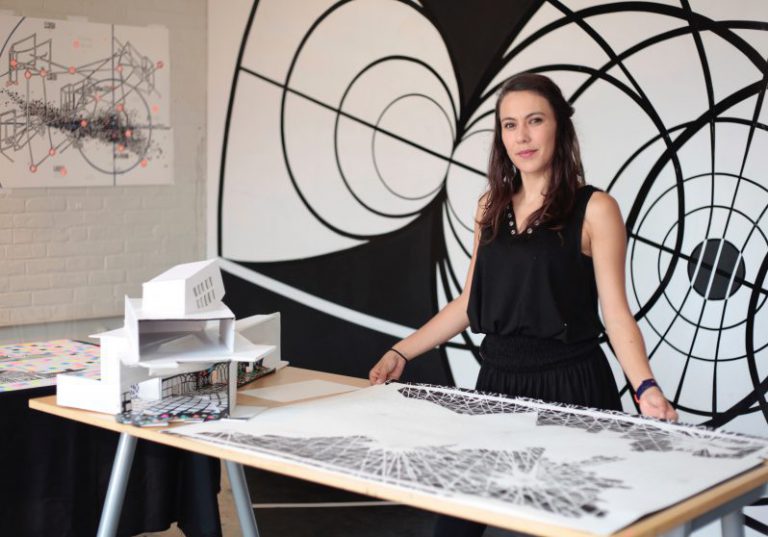 Jessica Angel – 2019 Residency ArtistColombia/United States Of America
Jessica Angel – 2019 Residency ArtistColombia/United States Of America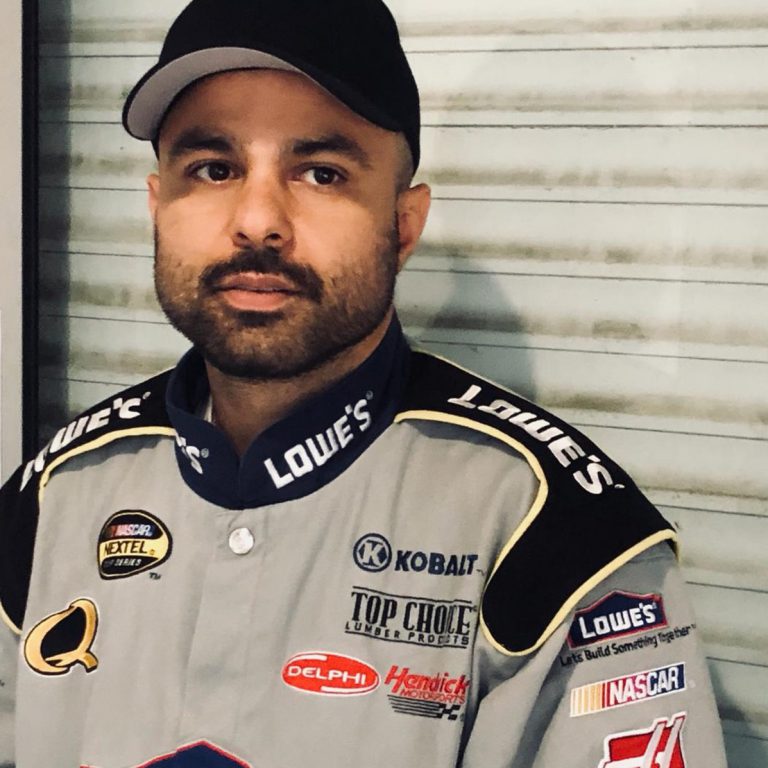 Mamali Shafahi – 2019 Residency ArtistIran
Mamali Shafahi – 2019 Residency ArtistIran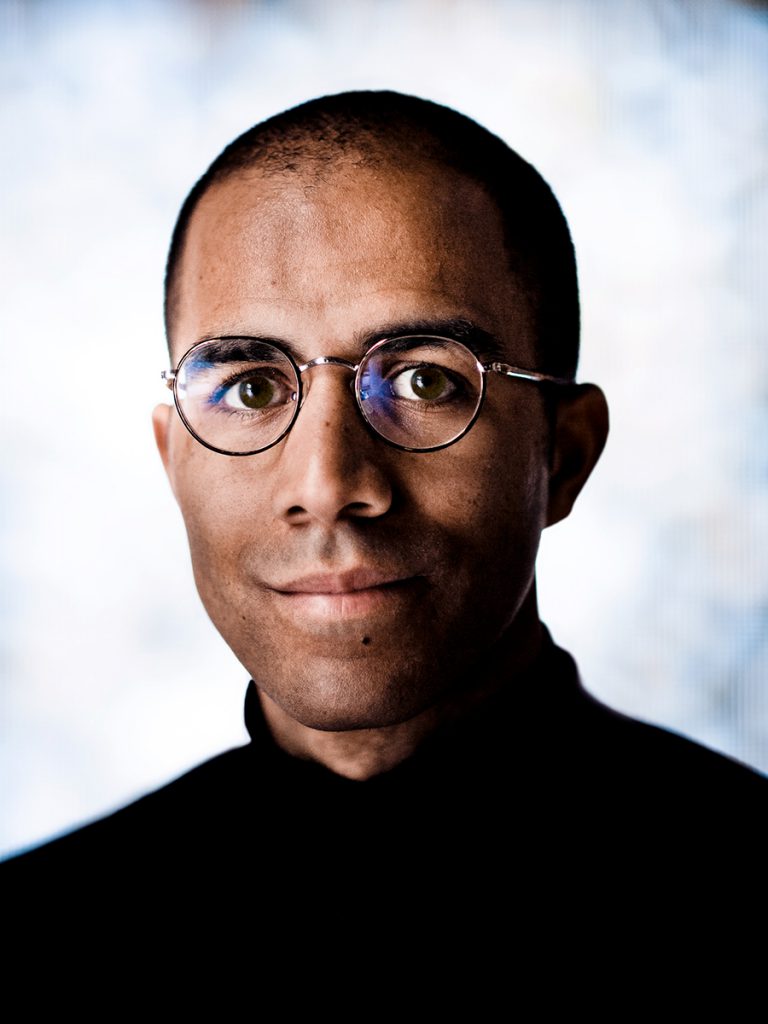 Marc Johnson – 2019 Residency ArtistFrance
Marc Johnson – 2019 Residency ArtistFrance Nathalie Quagliotto – 2019 Residency ArtistCanada
Nathalie Quagliotto – 2019 Residency ArtistCanada 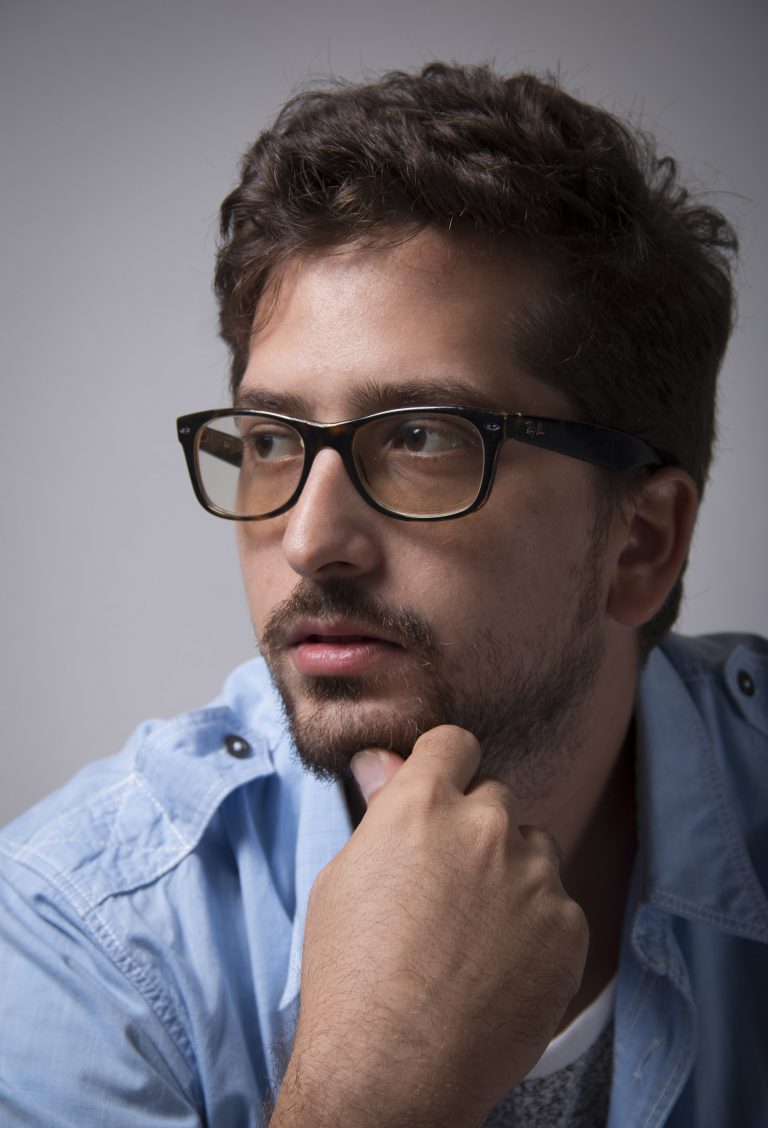 Rafael Villares – 2019 Residency ArtistCuba
Rafael Villares – 2019 Residency ArtistCuba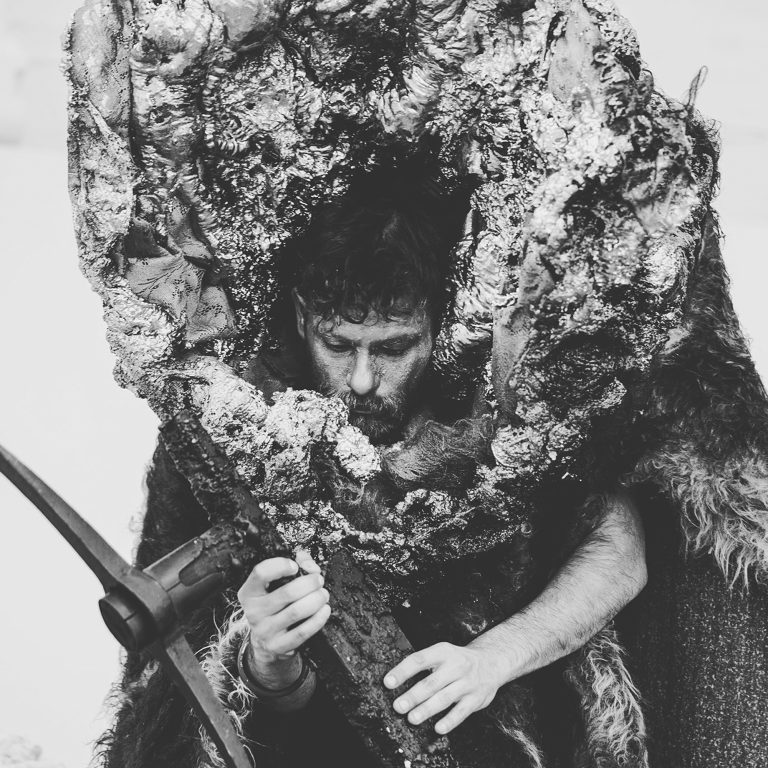 Sahej Rahal – 2019 Residency ArtistIndia
Sahej Rahal – 2019 Residency ArtistIndia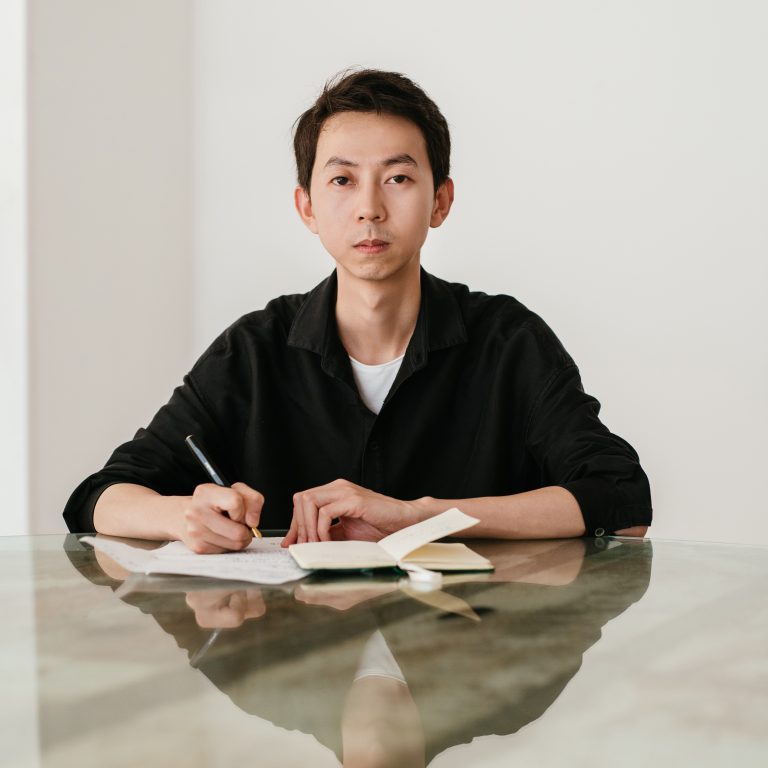 Tao Hui – 2019 Residency ArtistChina
Tao Hui – 2019 Residency ArtistChina 2014-2016 “I Have a Dream . . .” Resident Artists
In keeping with the 2014-2016 Vancouver Biennale curatorial theme Open Borders / Crossroads Vancouver, the artists represented multiple cultural backgrounds, political histories, and multiple artistic disciplines including sculpture, film, music, architecture, digital media, and spoken word.
In 2014, the Vancouver Biennale hosted 22 residency artists from 12 different nations.
The following year, in 2015, the residency program included artists from 4 different nations (Syria, India, Canada, and Australia), all of whom were hosted by Quest University, one of the Vancouver Biennale’s partners in Squamish, British Columbia.
In 2016, 3 artists from Wales, England, and South Korea participated in the Residency Program.
The Residency Program was inspired by Martin Luther King’s “I Have A Dream”.
“ I have a dream that one day . . . we will be able to transform the jangling discords of our nation into a beautiful symphony of brotherhood.”
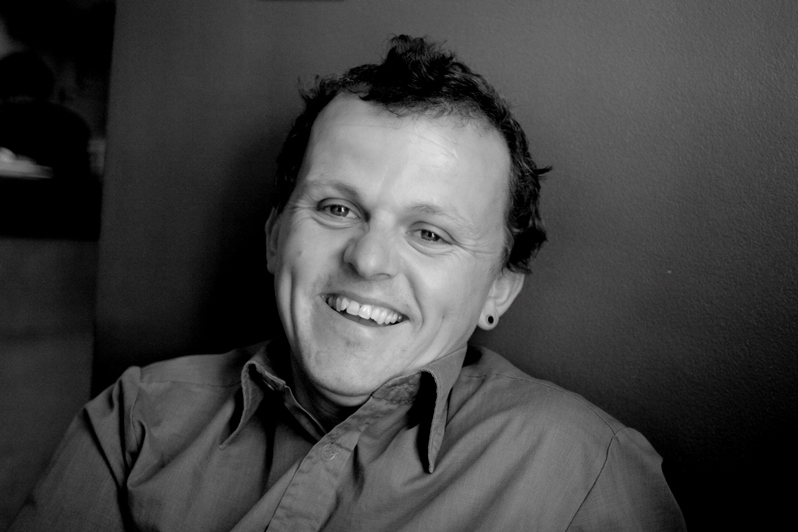 Andreas Strauss – 2014 Residency ArtistAustria
Andreas Strauss – 2014 Residency ArtistAustria Betsabeé Romero – 2014 Residency Artist and Coordinator in the 2014 Residency ProgramMexico
Betsabeé Romero – 2014 Residency Artist and Coordinator in the 2014 Residency ProgramMexico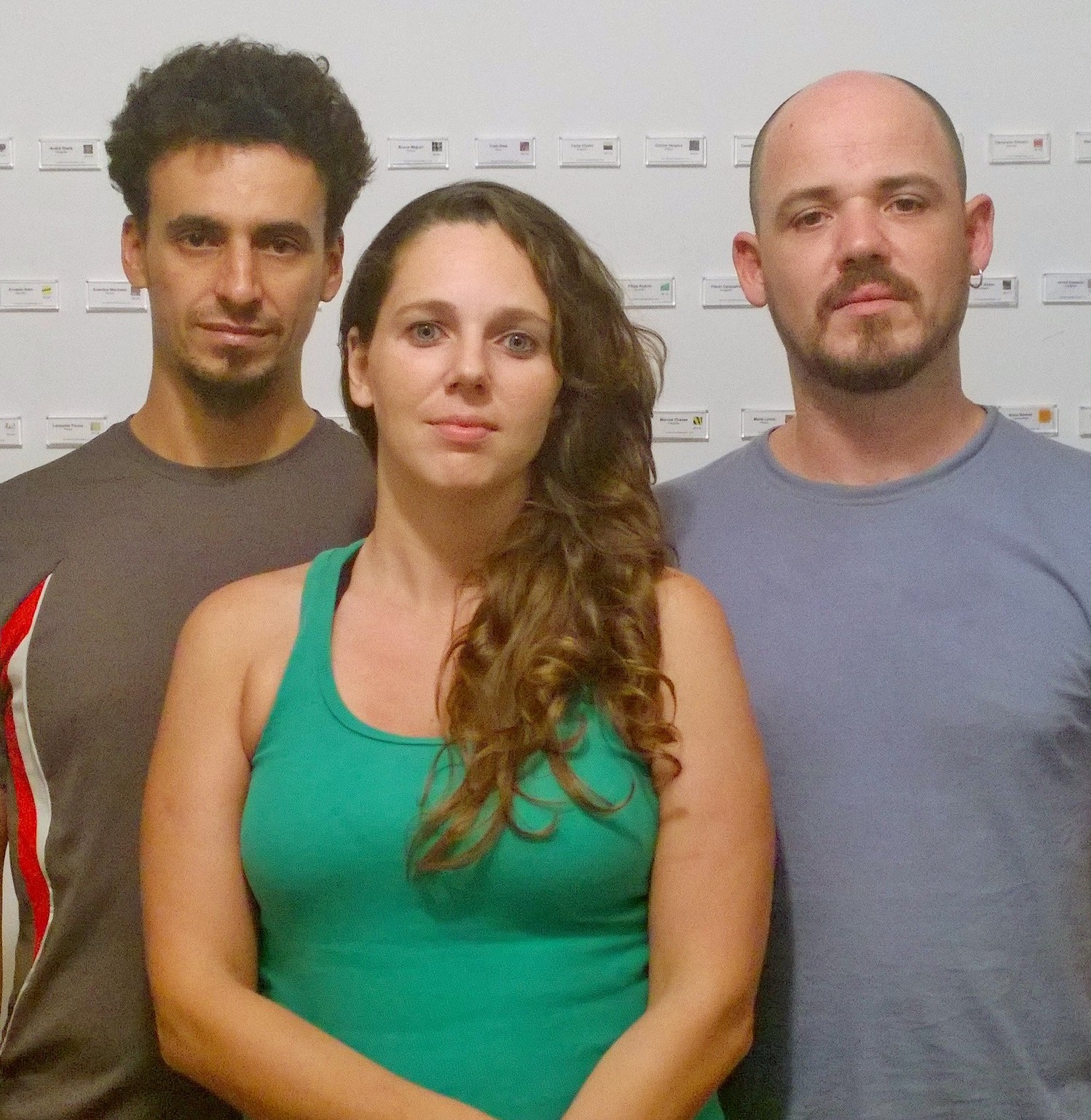 Filé de Peixe – 2014 Residency ArtistsBrazil
Filé de Peixe – 2014 Residency ArtistsBrazil Hasan Hujairi – 2014 Residency ArtistBahrain
Hasan Hujairi – 2014 Residency ArtistBahrain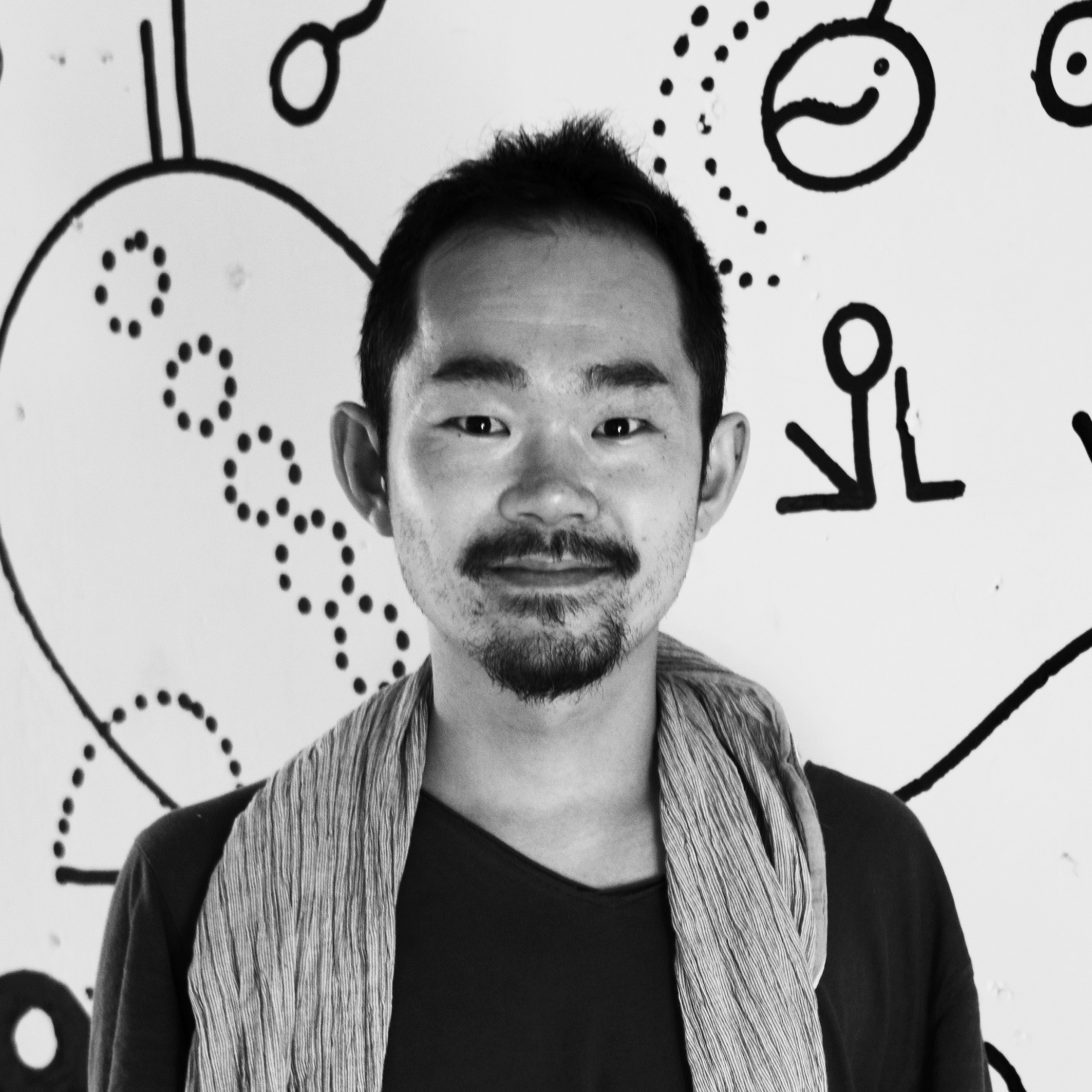 Hiraku Suzuki – 2014 Residency ArtistJapan
Hiraku Suzuki – 2014 Residency ArtistJapan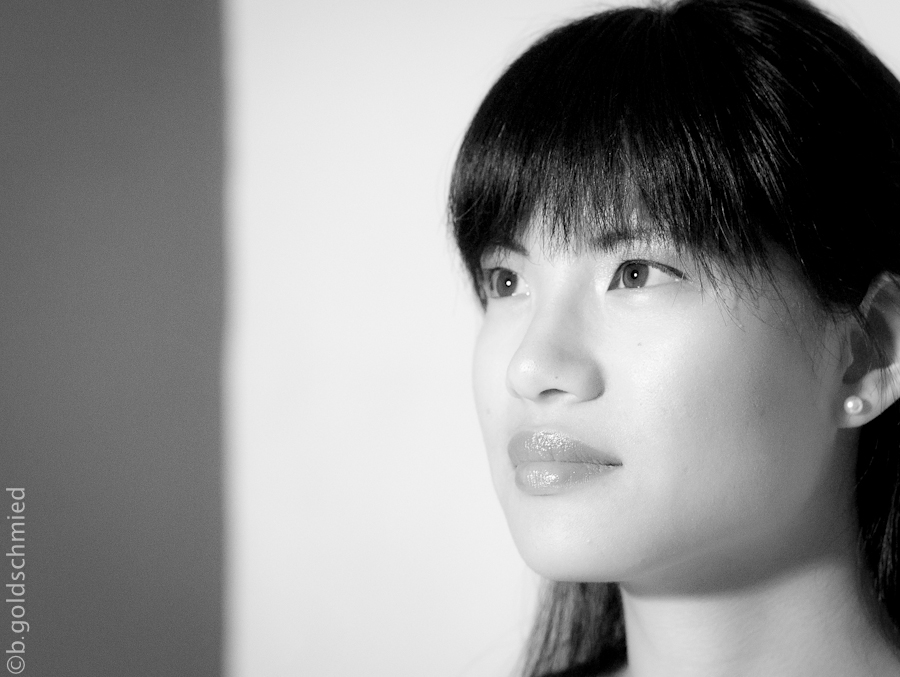 Jenna Tenn-Yuk – 2014 Residency ArtistCanada
Jenna Tenn-Yuk – 2014 Residency ArtistCanada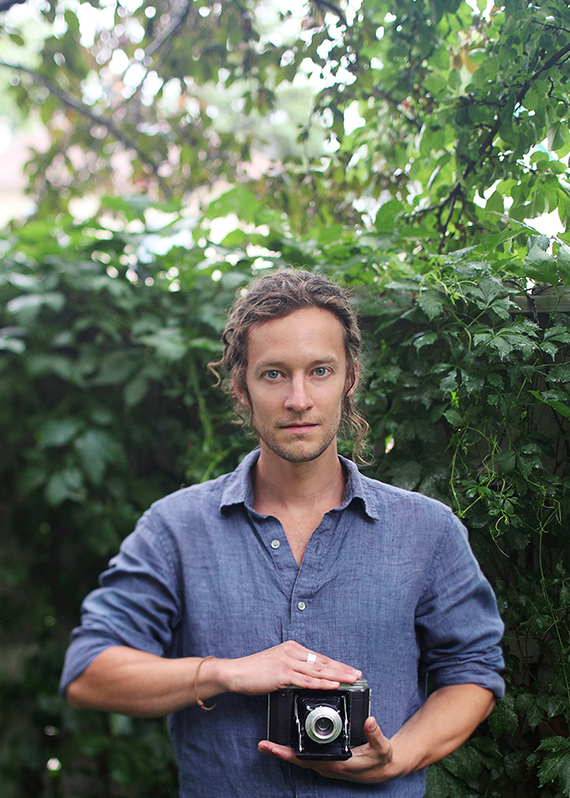 Jonathan Luckhurst – 2015 Residency ArtistCanada
Jonathan Luckhurst – 2015 Residency ArtistCanada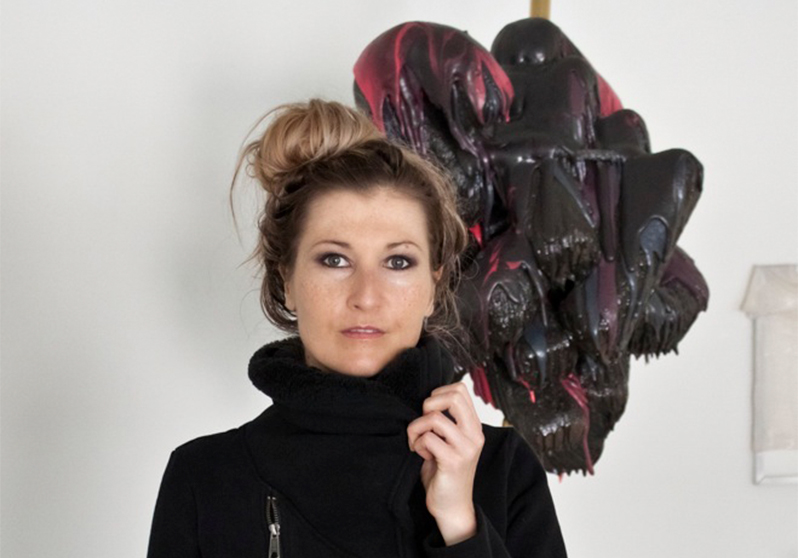 Karen Lofgren – 2014 Residency ArtistCanada
Karen Lofgren – 2014 Residency ArtistCanada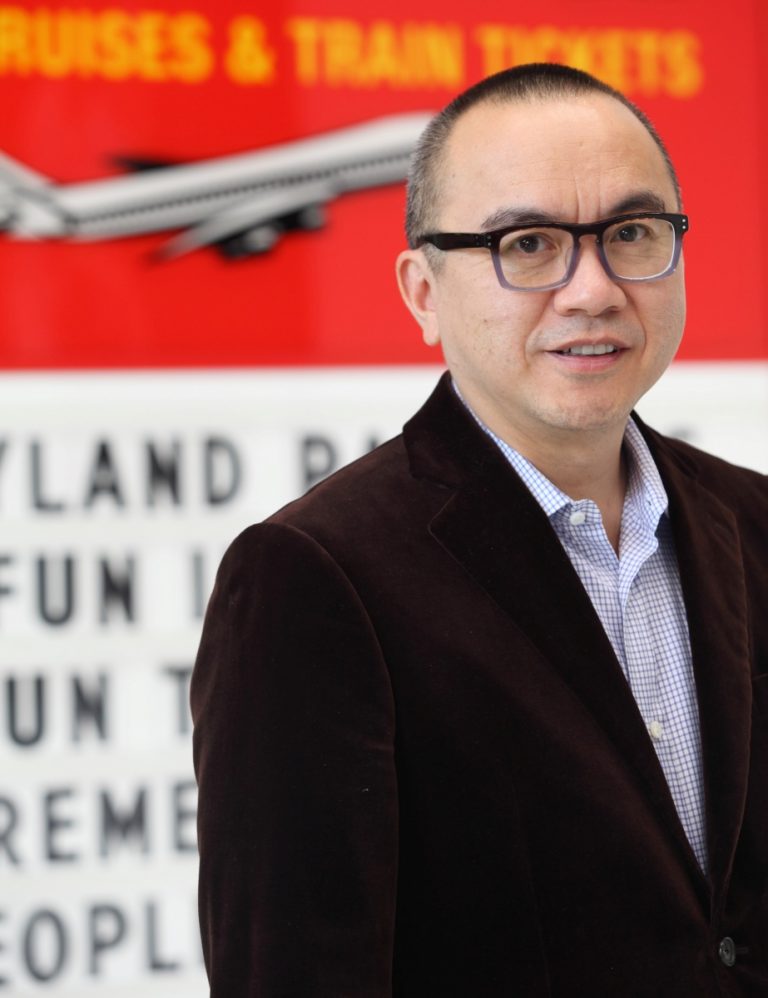 Ken Lum – 2014 Residency CoordinatorCanada
Ken Lum – 2014 Residency CoordinatorCanada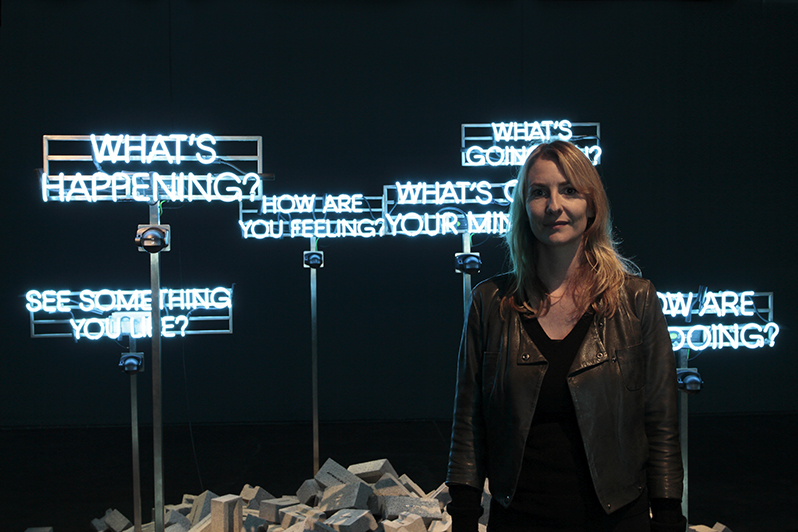 Kristin McIver – 2015 Residency ArtistAustralia
Kristin McIver – 2015 Residency ArtistAustralia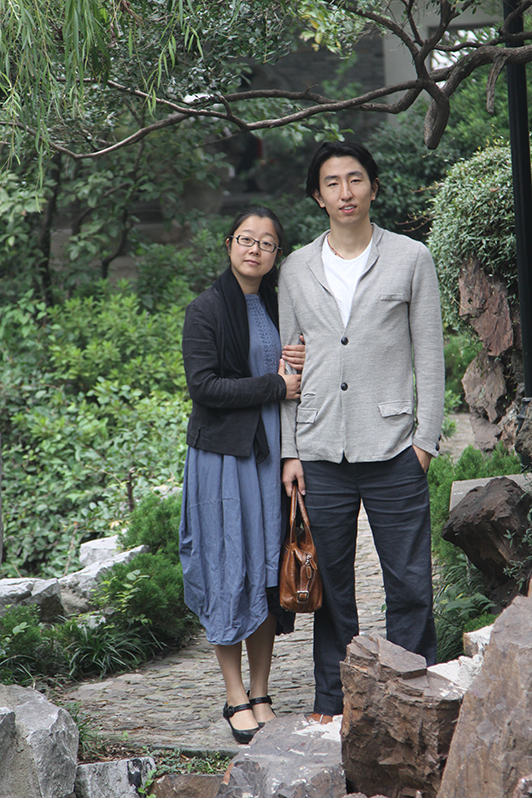 Lu Lu & Tian XiaogengChina
Lu Lu & Tian XiaogengChina Miguel Horn & Chris Landau – 2014 Residency ArtistsUSA
Miguel Horn & Chris Landau – 2014 Residency ArtistsUSA  Peter Liversidge – 2016 Residency ArtistEngland
Peter Liversidge – 2016 Residency ArtistEngland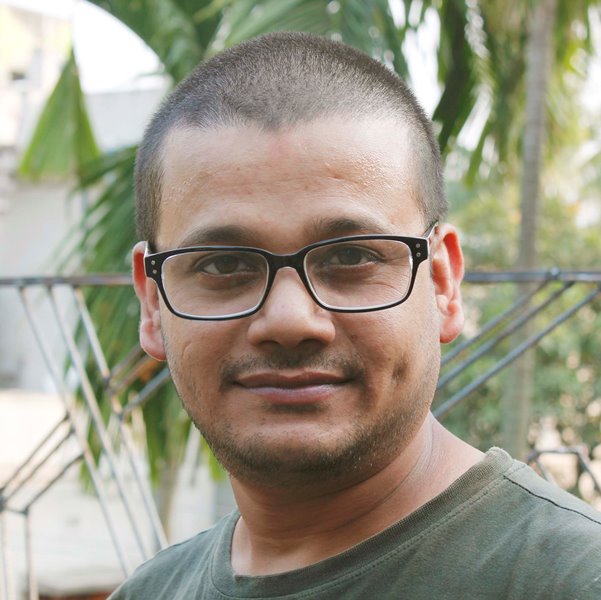 Rathin Barman – 2015 Residency ArtistIndia
Rathin Barman – 2015 Residency ArtistIndia Sahej Rahal & Pallavi Paul – 2014 Residency ArtistsIndia
Sahej Rahal & Pallavi Paul – 2014 Residency ArtistsIndia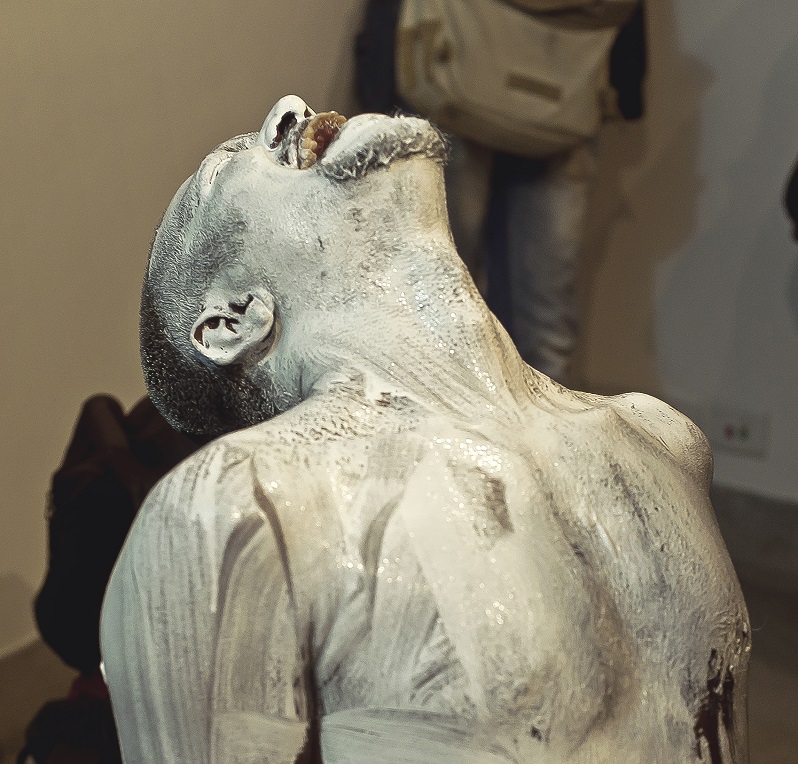 Sajan Mani – 2014 Residency ArtistIndia
Sajan Mani – 2014 Residency ArtistIndia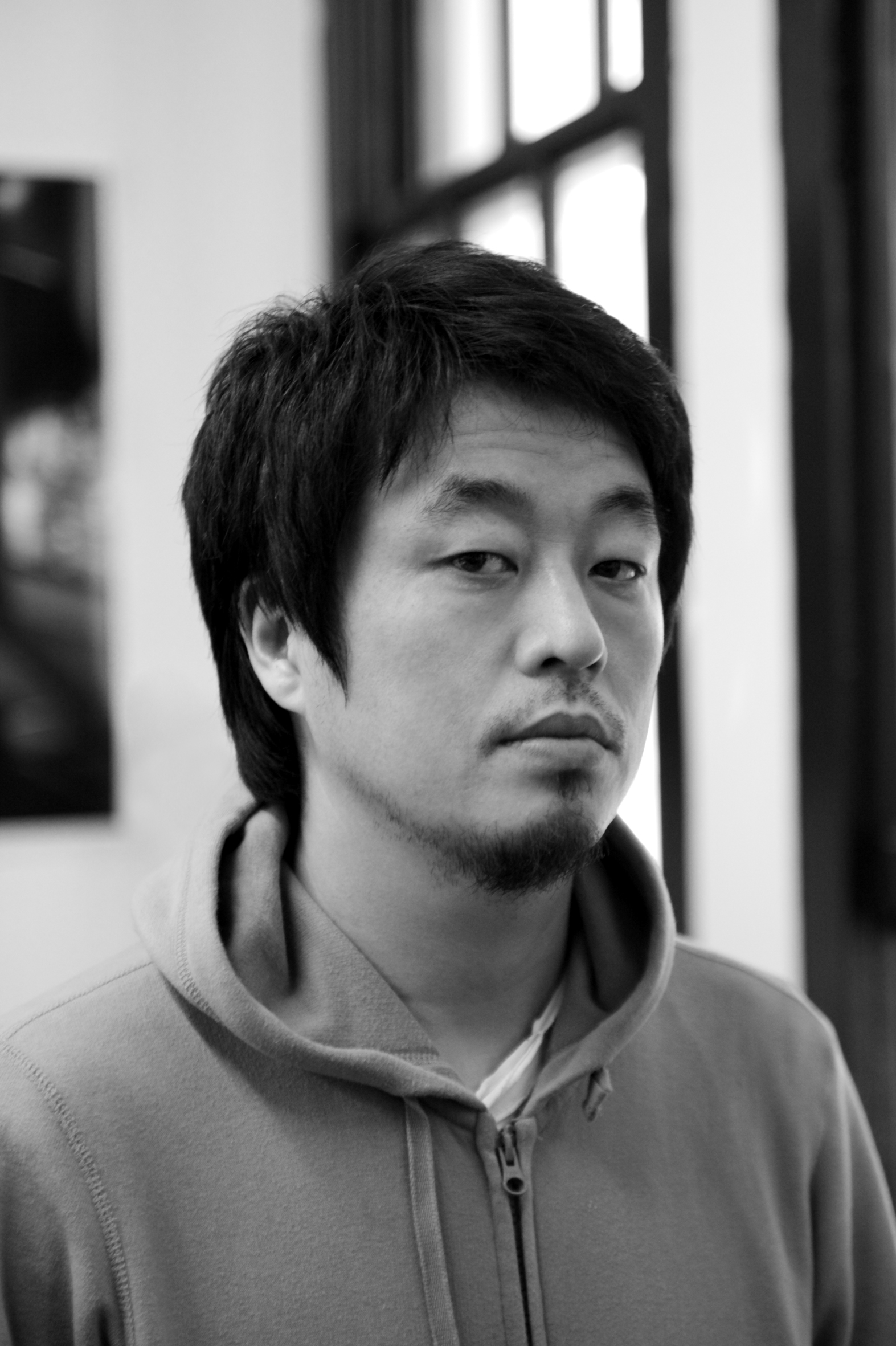 Seung Woo Back – 2016 Residency ArtistKorea
Seung Woo Back – 2016 Residency ArtistKorea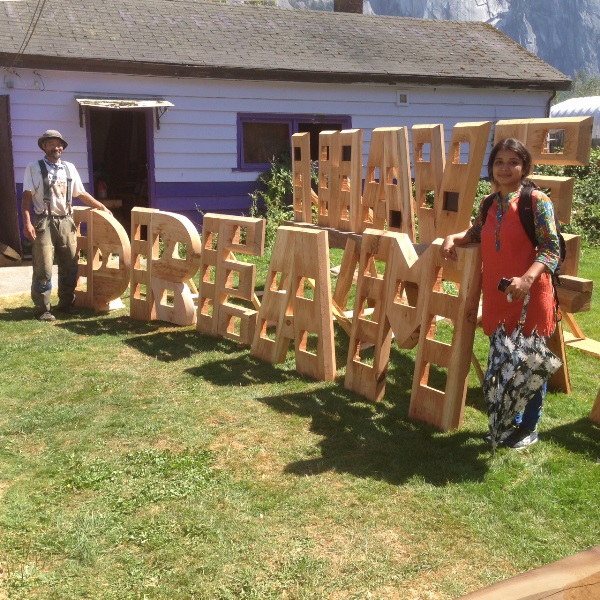 Shweta Bhattad – 2014 Residency ArtistIndia
Shweta Bhattad – 2014 Residency ArtistIndia Soo Sunny Park – 2014 Residency ArtistSouth Korea / USA
Soo Sunny Park – 2014 Residency ArtistSouth Korea / USA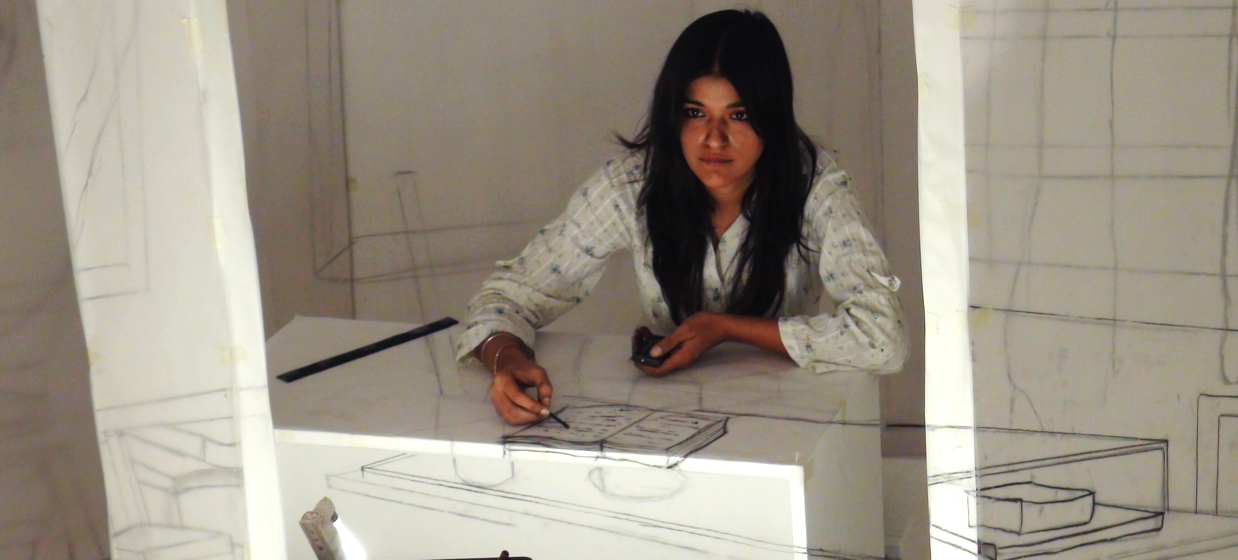 Sumakshi Singh – 2014 Residency ArtistIndia
Sumakshi Singh – 2014 Residency ArtistIndia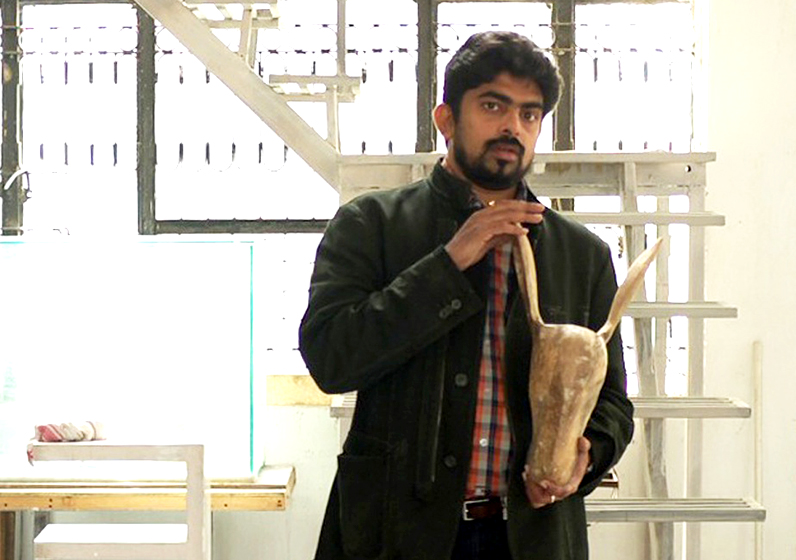 Sumedh Rajendran – 2014 Residency ArtistIndia
Sumedh Rajendran – 2014 Residency ArtistIndia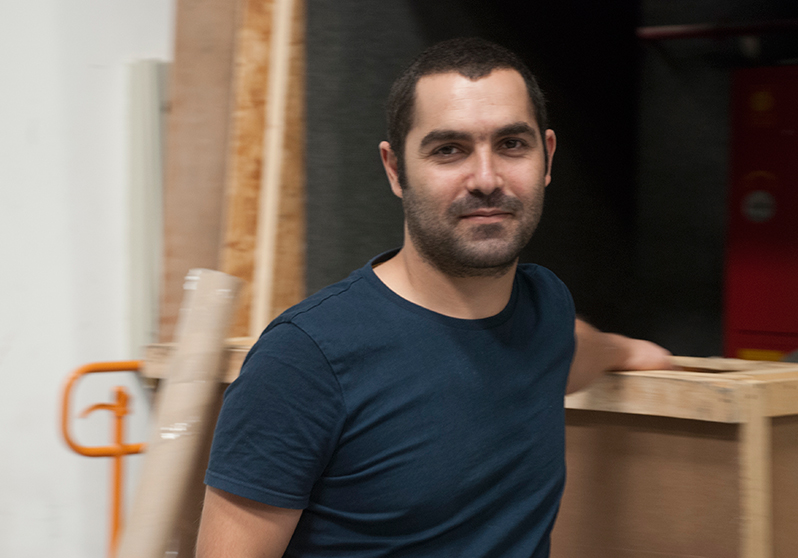 Tammam Azzam – 2015 Residency ArtistSyria
Tammam Azzam – 2015 Residency ArtistSyria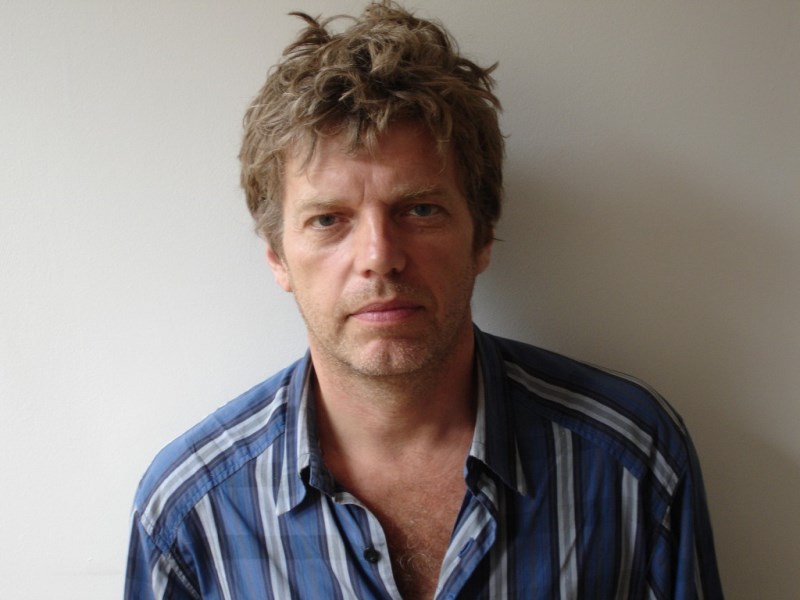 Tim Davies – 2016 Residency ArtistWales
Tim Davies – 2016 Residency ArtistWales 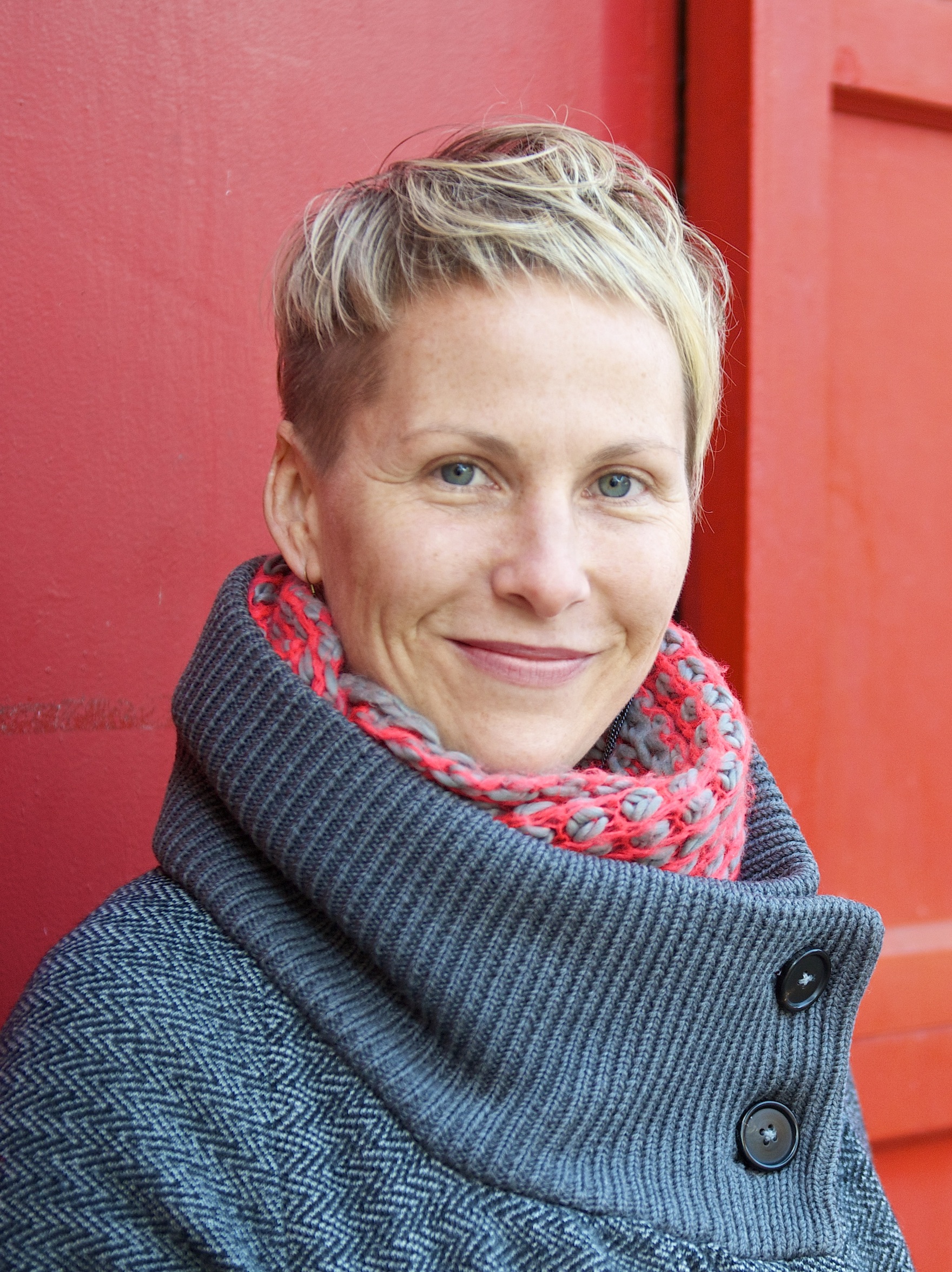 Toni Latour – 2014 Residency CoordinatorCanada
Toni Latour – 2014 Residency CoordinatorCanada 2014 Focus on Brazil Resident Artists
As part of the 2014 – 2016 Vancouver Biennale, North Vancouver’s waterfront Pipefitters Building was reimagined as a cultural workshop with a focus on Brazilian contemporary art. Transforming the historic space into a community hub, the International Pavilion exhibited installations from some of Brazil’s most significant emerging artists. The Pavilion served as a gateway to showcase the Brazilian contemporary art scene with all its richness of contemporary thinking, universality, and innovation in its creative processes.
More information about the pavilion can be found here.
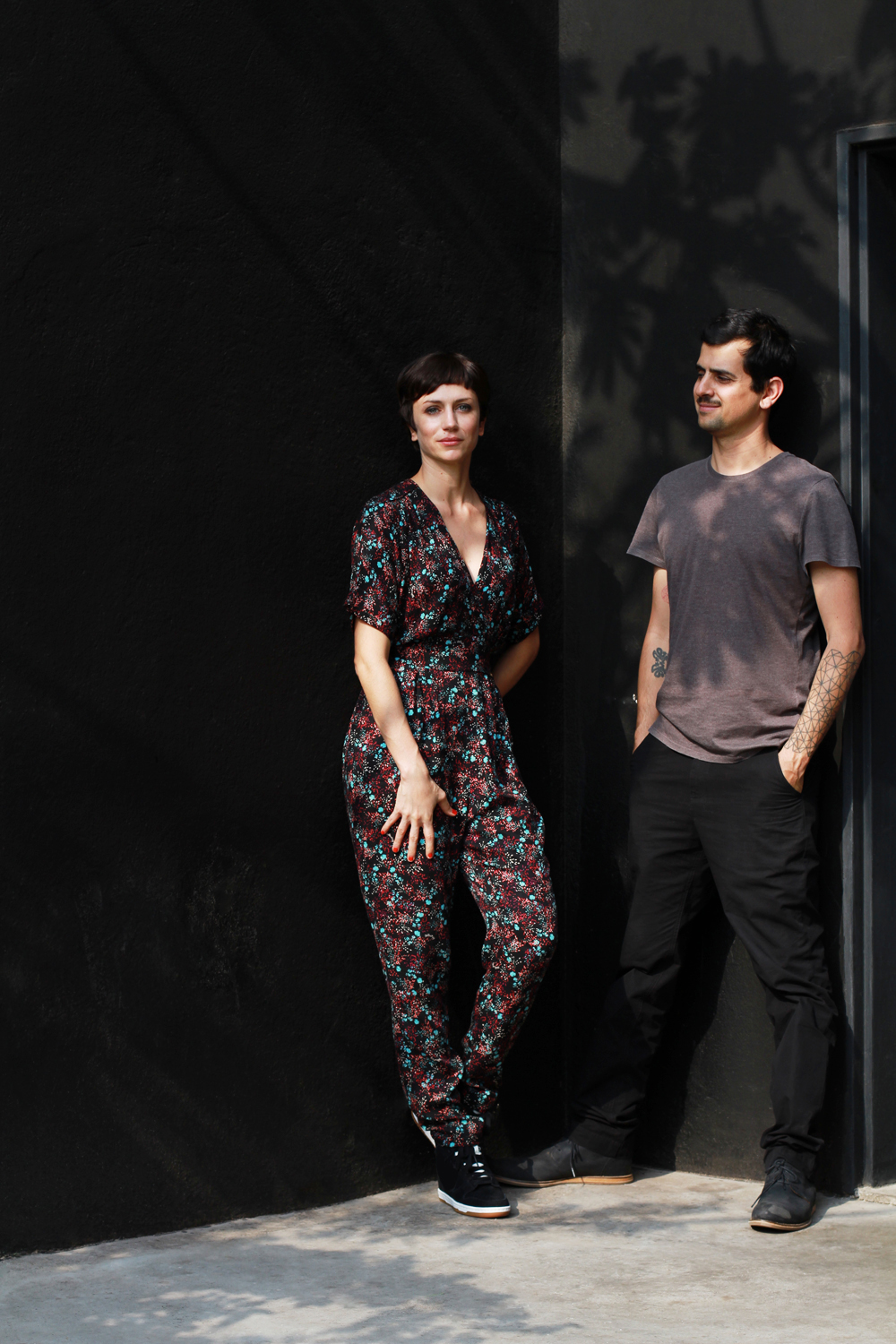 Gisela Motta & Leandro Lima – 2014 Residency ArtistsBrazil
Gisela Motta & Leandro Lima – 2014 Residency ArtistsBrazil Juliana Cerqueira Leite – 2014 Residency ArtistBrazil
Juliana Cerqueira Leite – 2014 Residency ArtistBrazil Marcelo Moscheta – 2014 Residency ArtistBrazil
Marcelo Moscheta – 2014 Residency ArtistBrazil Mariana Manhães – 2014 Residency ArtistBrazil
Mariana Manhães – 2014 Residency ArtistBrazil Nathalia García – 2014 Residency ArtistBrazil
Nathalia García – 2014 Residency ArtistBrazil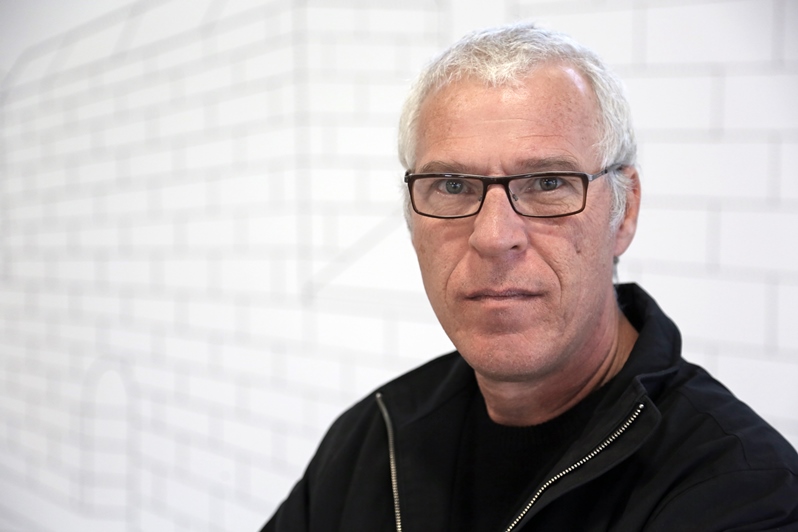 Paulo Climachauska – 2014 Residency ArtistBrazil
Paulo Climachauska – 2014 Residency ArtistBrazil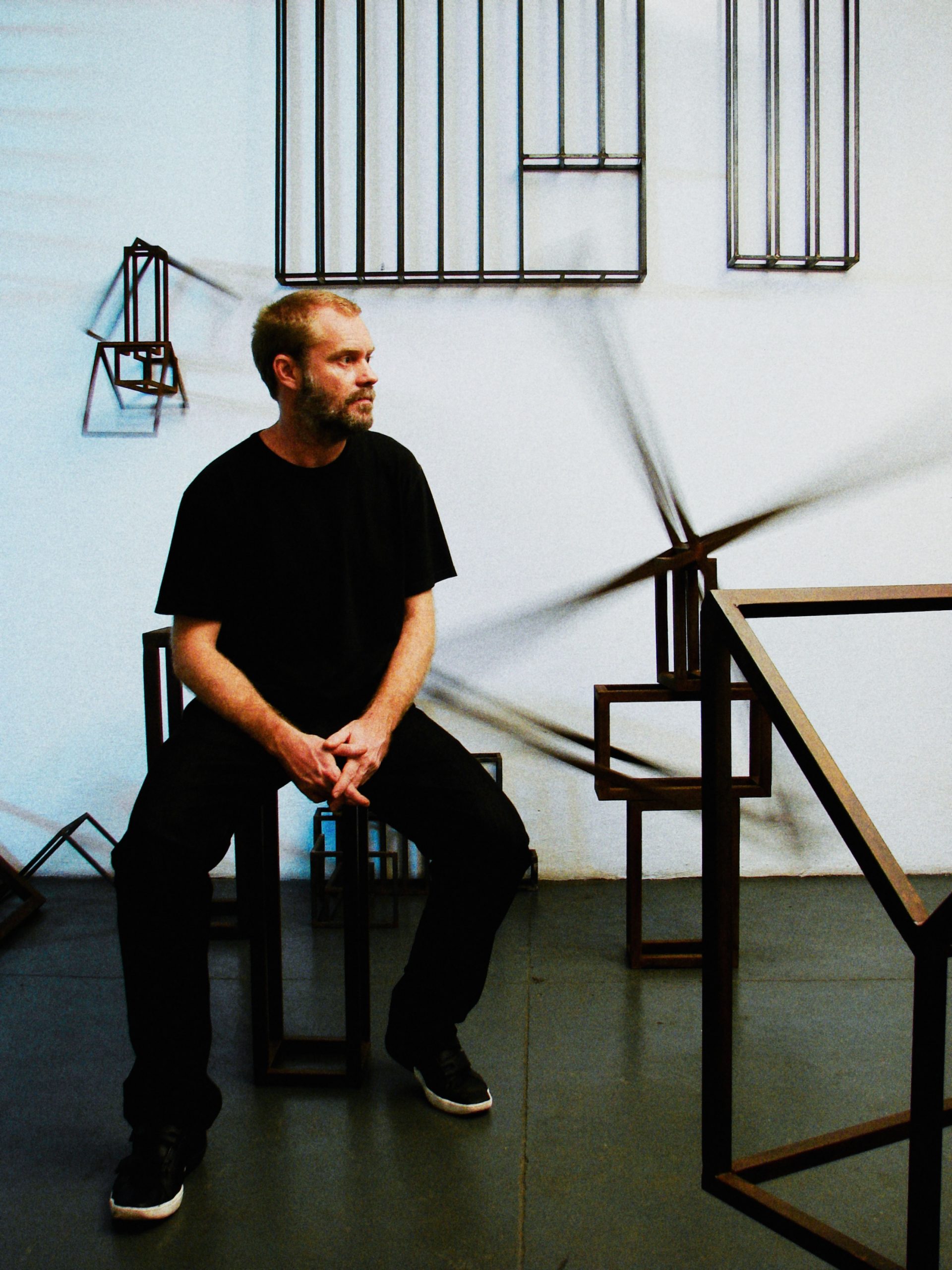 Raul Mourão – 2014 Residency ArtistBrazil
Raul Mourão – 2014 Residency ArtistBrazil Sam Carter – 2014 Residency CoordinatorCanada
Sam Carter – 2014 Residency CoordinatorCanada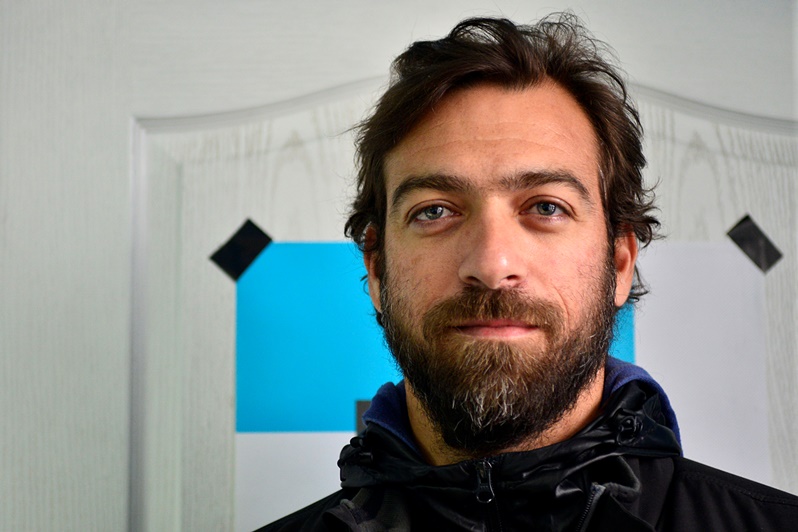 Túlio Pinto – 2014 Residency ArtistBrazil
Túlio Pinto – 2014 Residency ArtistBrazil